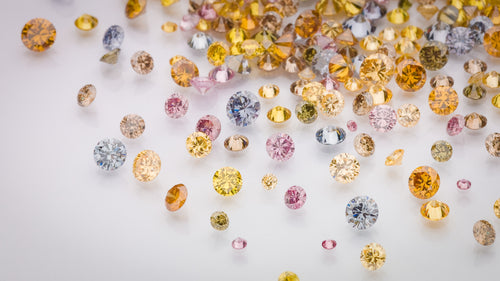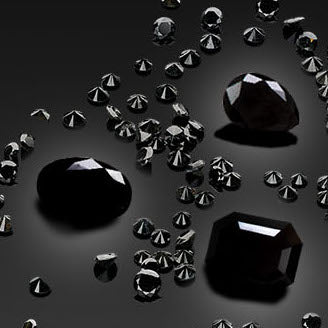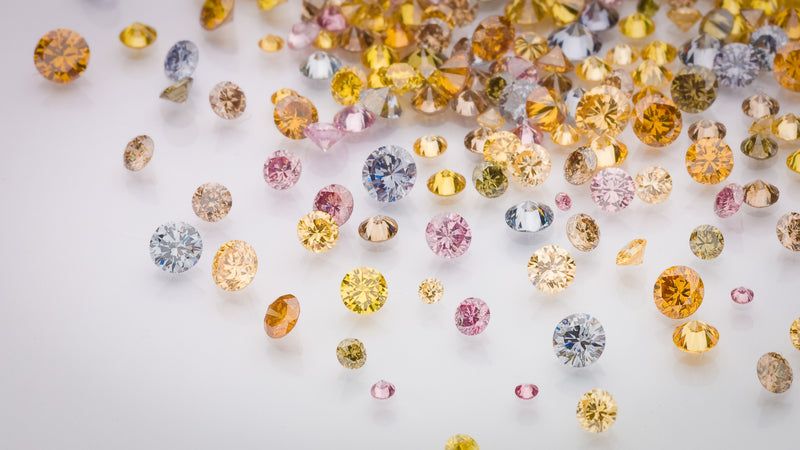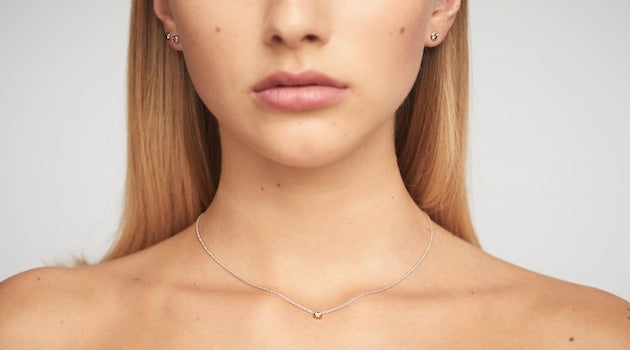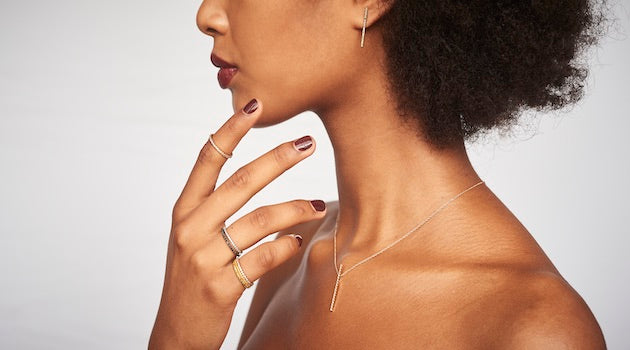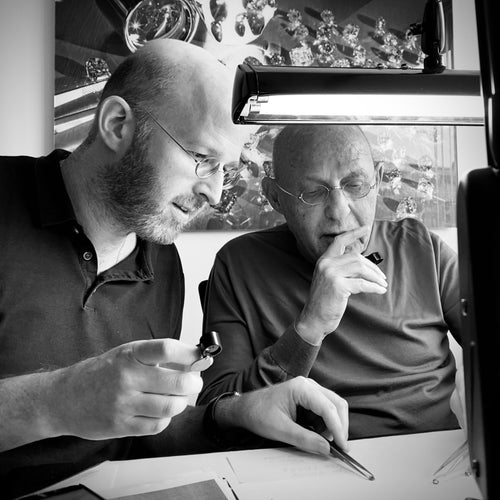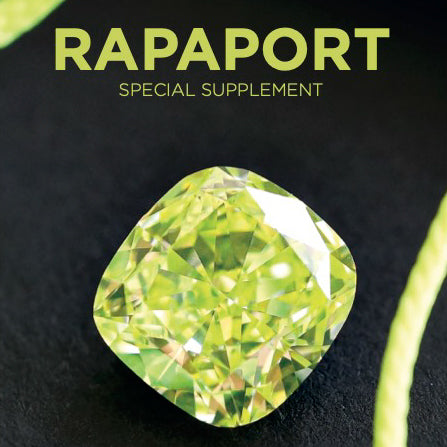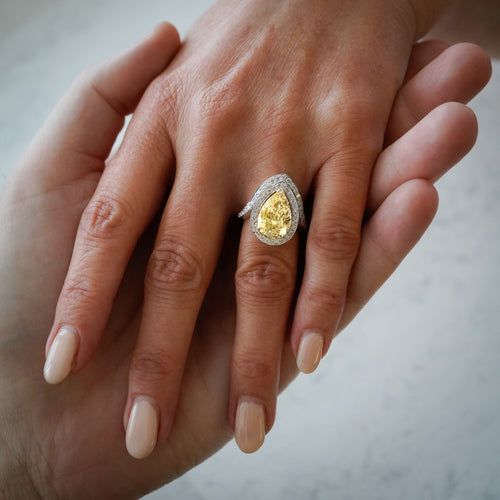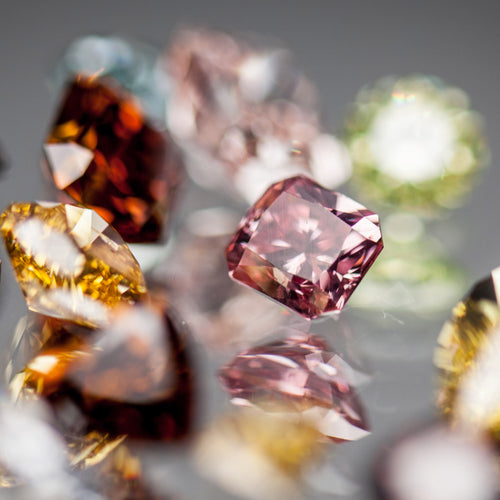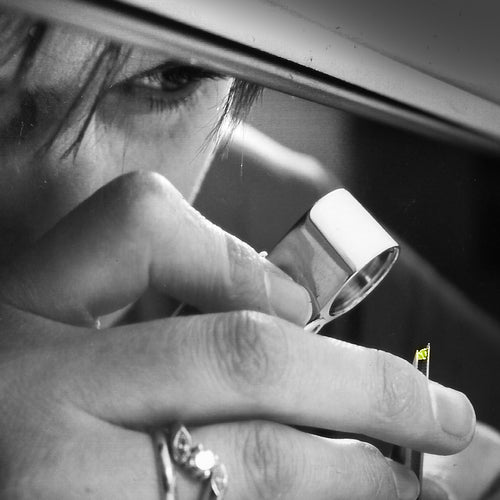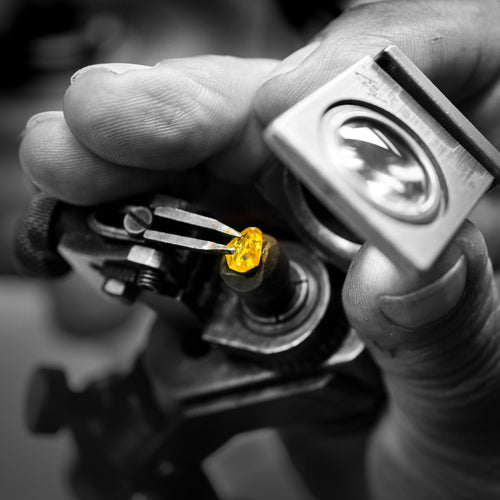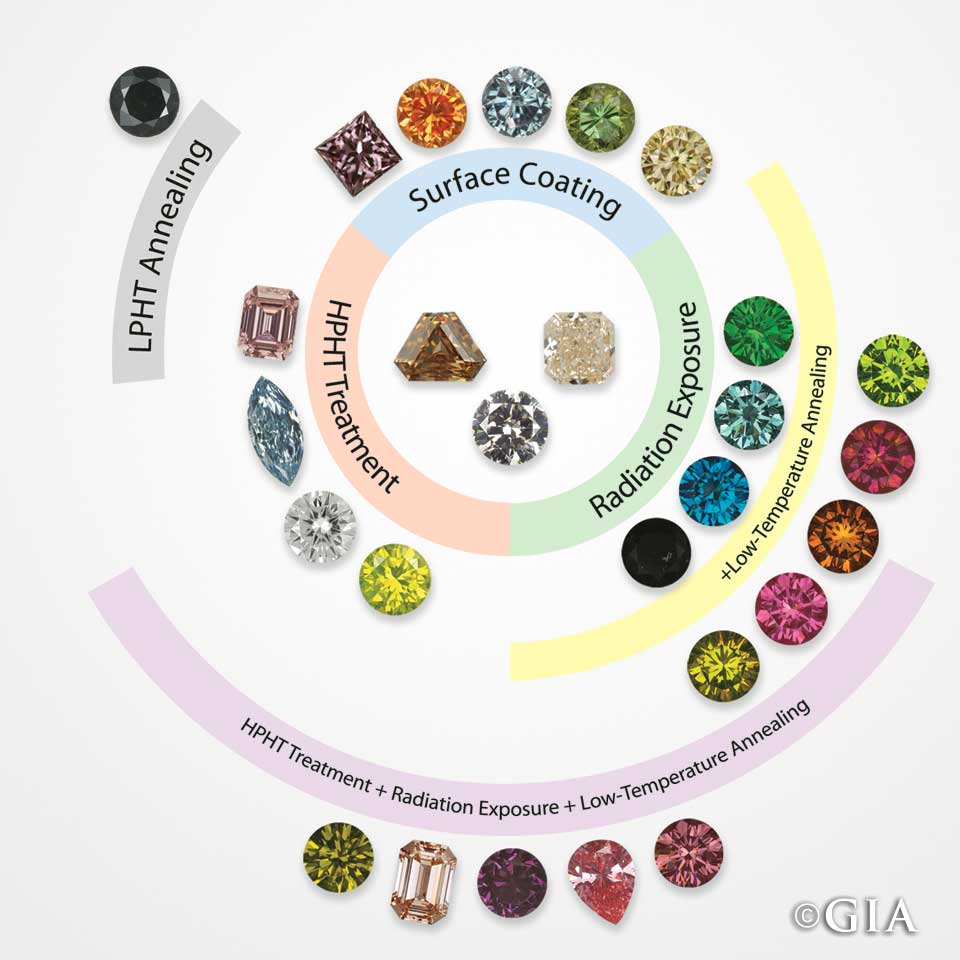
Understanding Treated Diamonds: Your Guide To Treated Natural Diamonds
Treated natural diamonds are diamonds that have been mined from the earth but have undergone specific processes to improve their appearance.
The aim of treating natural diamonds is to artificially improve their quality by changing one or several of their characteristics, thereby increasing their value. Such treatments generally target color and clarity.
For color the most common usage is to intensify or alter the color of a natural diamond. For instance, if a jeweler needs a hundred identically colored diamonds for a pavé setting, treating an entire lot of diamonds enables them to obtain a more uniform color.
The main types of treatments are presented here. This area is still the subject of much research and development, so this list is not exhaustive. For a more comprehensive understanding, you might also refer to guides from gemological institutions like the Gemological Institute of America (GIA).
Modification of Color
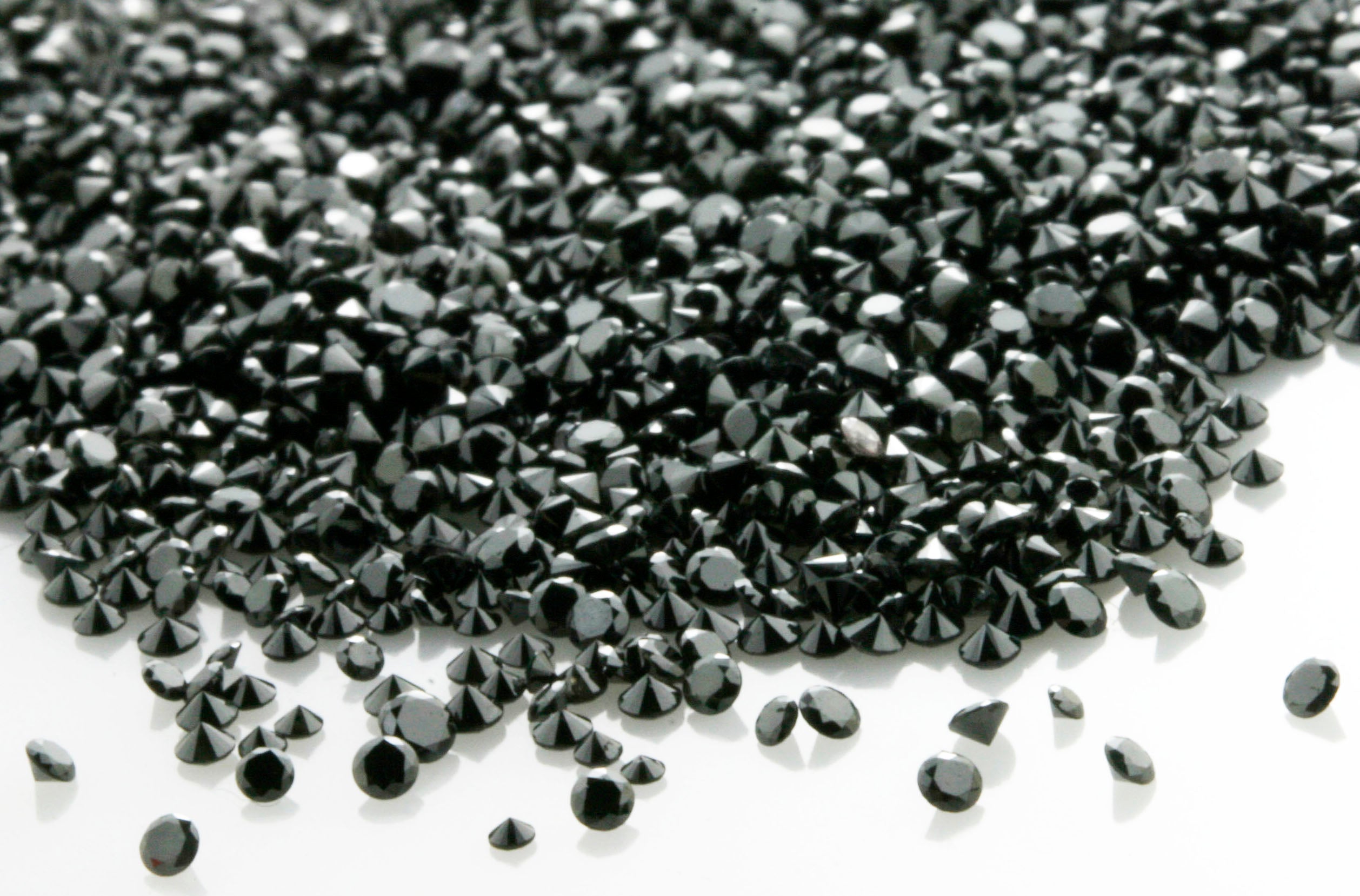
Heat Treatment or Annealing
This technique primarily produces black diamonds. Low-quality diamonds are exposed to very high temperatures (up to 1300°C) for several hours. This process causes graphite residues to appear within the crystal, making it dark and opaque, often uniformly black.
Most jewelers use heated black diamonds because it's extremely difficult to find good quality natural black diamonds, which are consequently much more expensive. Some laboratories do issue certificates for these treated diamonds. You can explore our exquisite collection of black diamonds to see examples of these stunning stones.

Irradiation
Exposure of a diamond to a source of radiation will change the position of atoms within its crystal lattice, causing its color to change. Green, blue, yellow, and black diamonds can be created using this technique.
It's important to note that some irradiated diamonds may show uneven coloration or zones of different shades. The color may be further modified by a follow-up heat treatment.
Laboratory certificates will consistently mention "treated" for these stones.
Irradiation + Low Temperature Annealing
After an initial transformation via irradiation, the diamond's color can be further modified by exposing it to temperatures around 900°C. This process re-positions atoms within the crystal lattice, repairing or removing atomic defects. The diamond will then absorb light differently, resulting in a new color. As a general rule, brown, yellow-orange, blue, pink, and purple diamonds can be obtained with this treatment. Laboratory certificates will also mention "treated."

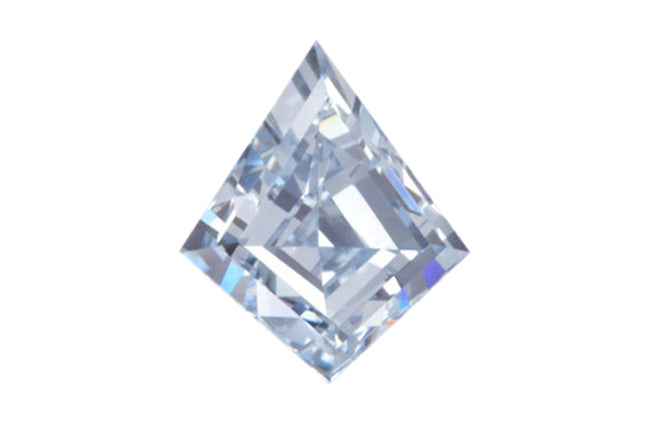
HPHT (High Pressure, High Temperature) Treatment
This advanced process subjects the diamond to a combination of very high pressure (HP) and very high temperature (HT), mimicking the conditions in which diamonds are formed in nature. This will "repair" imperfections in the crystal lattice, leading to a change in its color.
Depending on the type of stone treated, the HPHT process can make a stone more colorless or produce blue, yellow-orange, yellow-green, or pink. Certificates for these stones will explicitly mention "HPHT."
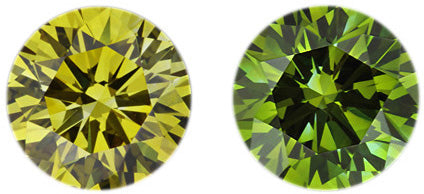
Coating
With this process, a thin layer of colored substance is deposited on the diamond to change its original color. Coating is largely not used anymore, and gemological laboratories generally do not issue certificates for these types of treated diamonds.
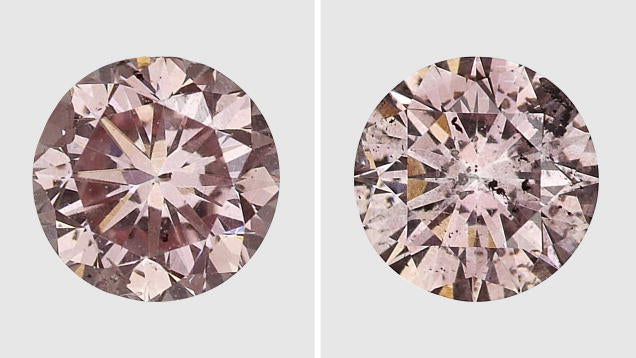
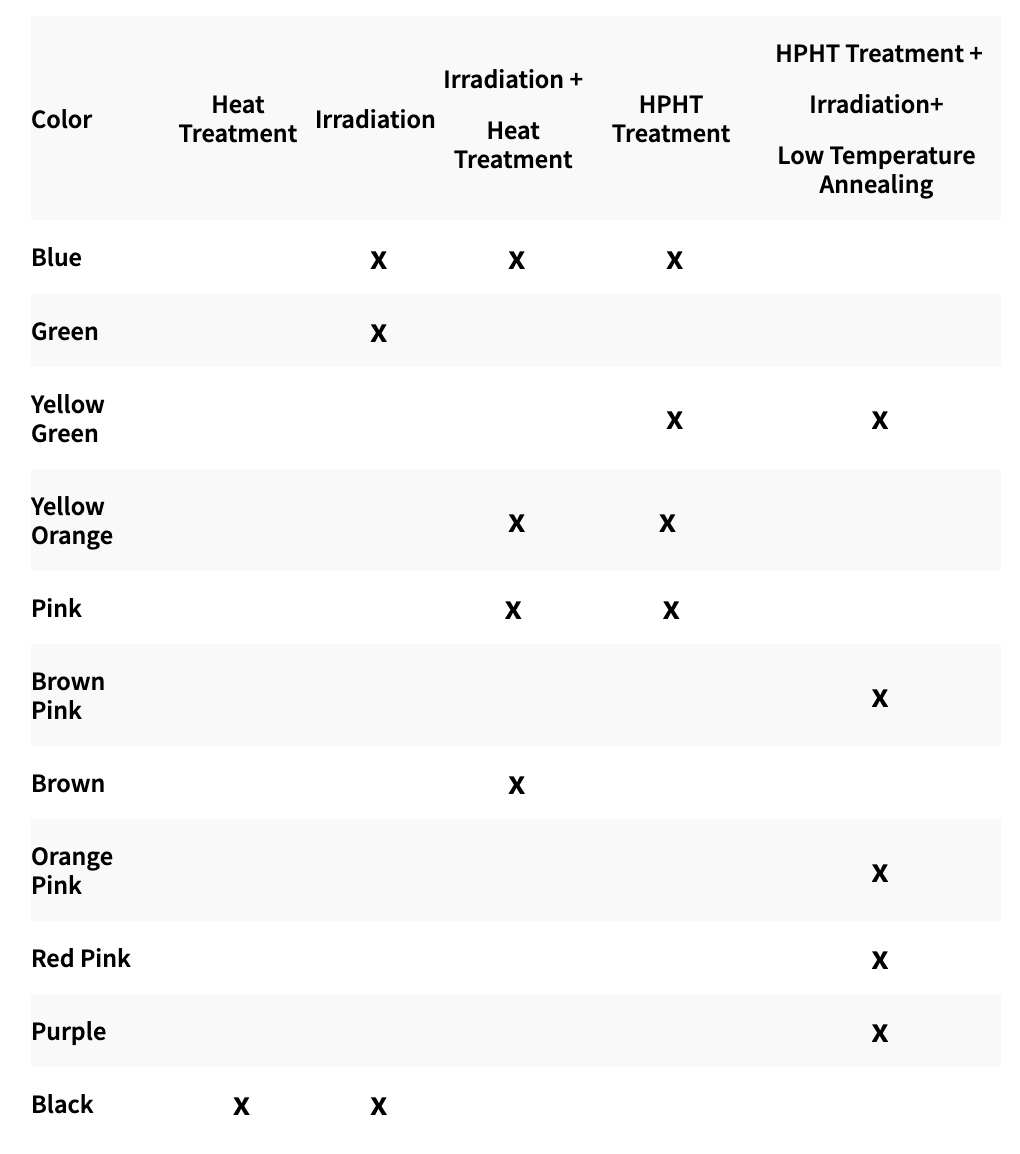
Modification of Purity
Fracture Filling
This process involves filling natural cracks or cleavages with substances that have a refractive index similar to that of diamonds. This reduces the visibility of the cleavage, as light is less refracted than it would be if the cleavage were filled with air. Reputable laboratories typically do not issue certificates for diamonds that have undergone this type of treatment due to its impermanence.It's important to mention that while laser-drilled stones can still be found on the market today (as it was a very common process until recently), the modification of purity through methods like fracture filling is not as widely used anymore. Nowadays, diamond manufacturers often prefer to highlight the natural beauty of gemstones instead of attempting to artificially modify their inherent nature. Of course, these treated diamonds may not have the same retail value as untreated ones, but they offer a beautiful and more affordable alternative.
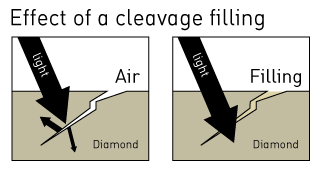
Laser Drilling
This process aims to lighten or completely eliminate dark inclusions enhancing the clarity of the diamond. A laser is used to create a small tunnel towards the inclusion. This tunnel then allows for the removal or bleaching of the inclusions by injecting high-pressure boiling acid into the hole. This process will improve the diamond's appearance and allow for a better clarity grading.
Laser drilling is considered a permanent treatment, as the tunnel and the changes to the inclusion are not reversible. Laser drills are always mentioned on gemological grading reports.
Langerman Diamonds' Commitment to Transparency
At Langerman Diamonds, our expertise lies in natural color diamonds, celebrated for their rarity and authenticity. However, we understand that treated diamonds play a role in the broader diamond market, and we believe in educating our customers transparently about all their options.
We uphold a strict policy of full disclosure. At Langerman Diamonds, we specialize in natural color diamonds known for their rarity, beauty, and authenticity. We are committed to full transparency and ethical standards in everything we do. Our black melee diamonds have undergone a stable, permanent heat treatment, and this is clearly disclosed. All other diamonds in our collection are completely natural, without any treatments or enhancements.
Our goal is to ensure every customer can make an informed decision and buy with total confidence and peace of mind.
Spotting Treated Diamonds
Most treated diamonds can be reliably identified with the help of a professional laboratory grading report. These certificates will explicitly note treatments such as "irradiated," "HPHT," or "laser drilled." In some cases, a laser inscription on the girdle (the diamond's outer edge) will also confirm its treatment status.
If you are ever unsure, always work with an experienced and ethical seller. Reputable vendors will always disclose all known treatments and provide official lab documentation where available.
Natural Color vs. Treated Diamonds
Natural color diamonds form over millions of years deep within the earth, their unique and breathtaking hues born from incredibly rare geological conditions. Their beauty is timeless, and their value is intrinsic. Treated diamonds, by contrast, are enhanced through modern human intervention and technology.
For collectors, romantics, and those who seek enduring rarity and intrinsic value, natural diamonds hold unmatched allure. For those on a budget or seeking unconventional shades, treated stones offer access to eye-catching color at a more accessible price point.
Frequently Asked Questions (FAQ) About Treated Diamonds
Are treated diamonds real diamonds?
Yes. Treated diamonds are real, natural diamonds that have undergone enhancements after being mined. They originate from the earth, just like untreated diamonds.
Will a treated diamond last?
It depends entirely on the specific treatment. HPHT and irradiation treatments are considered permanent and stable. However, fracture filling and coatings are temporary and can degrade or change over time and with wear.
Do grading labs like GIA grade treated diamonds?
Yes, but only for certain stable and permanent treatments like HPHT, irradiation, and laser drilling. They typically do not issue grading reports for coated or fracture-filled stones due to the instability of these treatments.
Why Choose a Natural Color Diamond Over a Treated Diamond?
While treated diamonds can offer vibrant colors at a lower price point, they often lack the rarity, authenticity, and long-term value of natural color diamonds. Treatments may affect a stone’s stability and typically result in significantly lower resale value.
Natural color diamonds, on the other hand, are prized for their genuine beauty and geological uniqueness. They require no enhancements to showcase their brilliance, making them an enduring and valuable choice for collectors and connoisseurs alike.
